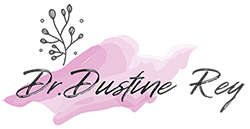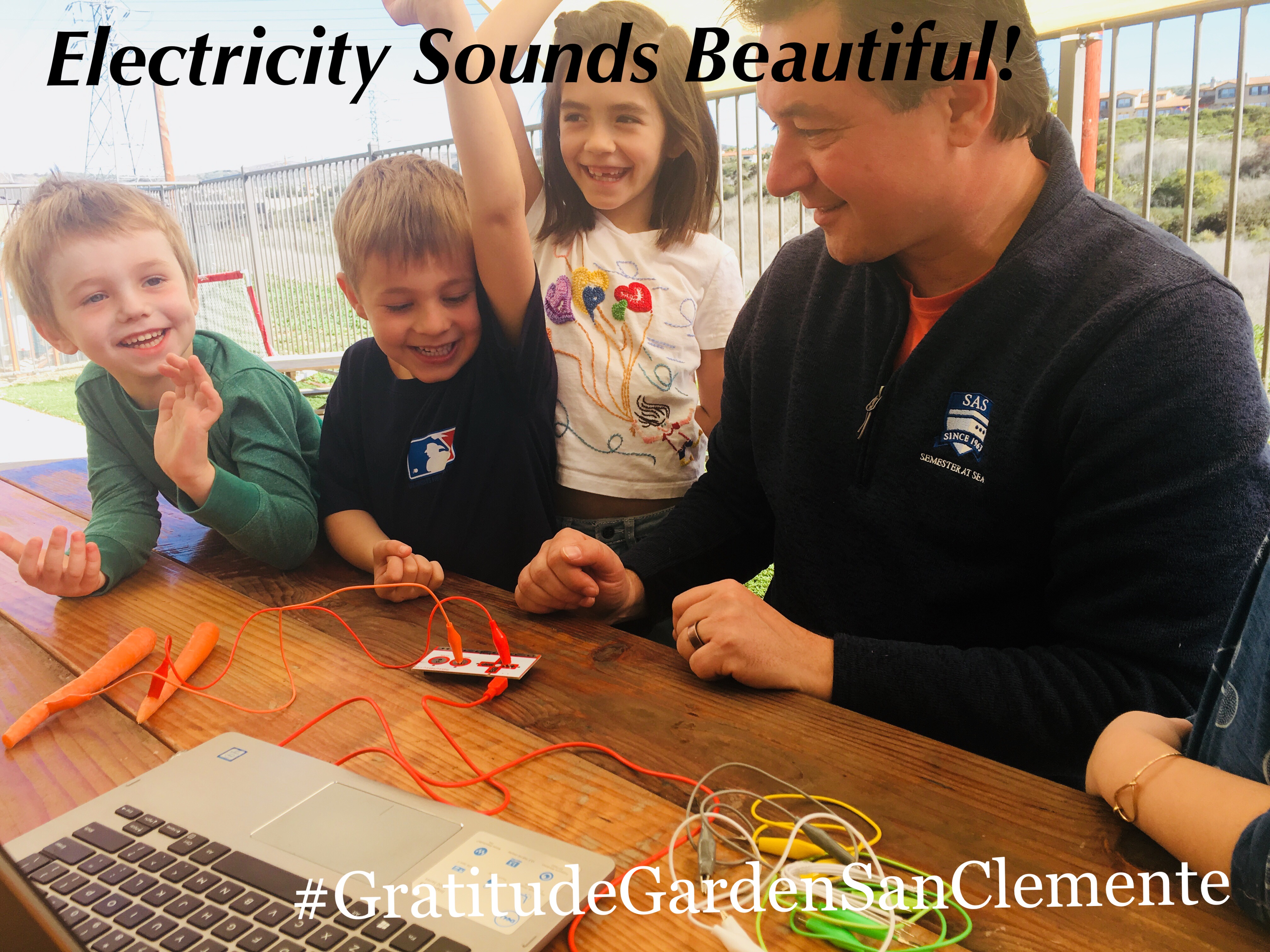I would have loved learning about opera in first grade like the students in the Tucson Unified School District.
My grandparents took me to see the musical “Annie” on stage when I was six, and while Annie wasn’t opera- it ignited my mind and hands with a rhythm for music, dance, and theater. It was the first time experiencing emotion through sound and physical expression. Without my grandparents exposure to the arts, a deep personal connection to the piano and theater would not have been possible for me as the public school I attended did not have performing arts programs. Back then music in school was singing annual Christmas carols alongside an inexperienced pianist.
The students in the Tucson Unified School District are fortunate to be introduced to the performing arts in their classrooms with The Opening Minds Through The Arts program. This program serves to enhance:
- Teaching core curriculum
- Improving test scores
- Fostering cognitive development
- Igniting love and understanding of the arts
- Narrowing the gap between less-privileged and more-privileged students
- Building community
- Encouraging self-expression
- Supporting the arts
Inspired by exciting, ongoing research into connections between brain development and music, Tucson’s Opening Minds through the Arts (OMA program) is leading a national movement to integrate arts education with core curriculum. OMA uses instrumental music, opera, dance, theater and visual arts to help teach reading, writing, math and science to children in kindergarten through 8th grade. Artists work alongside classroom teachers adapting each lesson to support teaching of core content and knowledge. Students get the opportunity to play the recorder, violin, a wind instrument and keyboard for 30-minutes, twice-weekly, for 36 weeks of the school year. Now that is rockin!
The Opening Minds Through The Arts Program is developed by brain-based research, multi-intelligence learning and the neurological development of children. The program assists in developing techniques that fully engage the multiple intelligence’s of all students.
In each grade students are experiencing:
- Kindergarten: Listening – Students work with an instrumental ensemble strengthening essential listening skills while enriching and reinforcing the kindergarten curriculum.
- 1st Grade: Language Development – Students work with opera singers to strengthen vocabulary and enhance reading/writing skills throughout the creation of original operas.
- 2nd Grade: Kinesthetic Awareness – Students work with dance artists to identify mathematical structures and concepts in music.
- 3rd Grade: Writing & Academic Skills – Students learn to play piano keyboards, Orff instruments and or/recorders while reading, composing original music and developing decoding skills important to language arts and mathematics.
- 4th Grade: Abstract Reasoning – Students study violin, developing their reading and fine motor skills.
- 5th Grade: Research, Create, Perform – Students compose, direct and perform original works that examine universal themes through an inquiry based learning approach.
- 6th, 7th and 8th Grade: Composition/Analysis – Students work with theater and dance artists, instrumental ensembles, and/or visual artists to create and perform original works. This improves students’ comprehension, writing skills, and further develops their ability to use critical thinking strategies.
If you were in fifth grade and had to research, create, and perform an original work what would it have been about? Just imagine all the various levels of creative verbal and written expression you would have to utilize to do this activity. You can watch the students excitement below as they get ready to create:
Music and Dance Drive Academic Achievement
Tucson elementary schools find success by infusing art and music into every discipline.
To read more about this ambitious program please visit:
http://www.tusd1.org/contents/depart/oma/Documents/CaseStatement.pdf
 As a teacher in The Long Beach Unified School District, it was my pleasure to share performing arts with students. It made its way into my classroom- in every subject. When we were learning our unit on feudalism, in 7th grade world history, students were given time period characters (out of a hat) and instructed to “act” as their characters would for a week-while in class. Other students would speak to them as reflected from the time period (respectfully of course).
As a teacher in The Long Beach Unified School District, it was my pleasure to share performing arts with students. It made its way into my classroom- in every subject. When we were learning our unit on feudalism, in 7th grade world history, students were given time period characters (out of a hat) and instructed to “act” as their characters would for a week-while in class. Other students would speak to them as reflected from the time period (respectfully of course).
They conducted independent research on the social class of their character and had to come dressed in a homemade costume on the last day of the week and provide a one minute monologue about a day in their “time period” life. Every student excelled in this activity, some even sang their monologues! The costumes made of duct tape, old towels, and toilet paper where brilliant. We concluded the unit with a trip to Medieval Times to experience historical theater, further bringing history to life.
Years before I was introduced to the research supporting this type of teaching, I taught through experience, utilizing performance art and personal connection. This is what made the classroom a thoughtful and creative play-space for me. It was a logical way to teach, which is why I cringe when visiting classes where students are reading facts from a book and memorizing dates for a test. Give students the space and opportunity to create history among themselves and they will always remember the significance of the lesson. The OMA program is providing students with the opportunity to extend what they learn into another form of creating, thereby generating a significant learning experience.









Leave A Comment